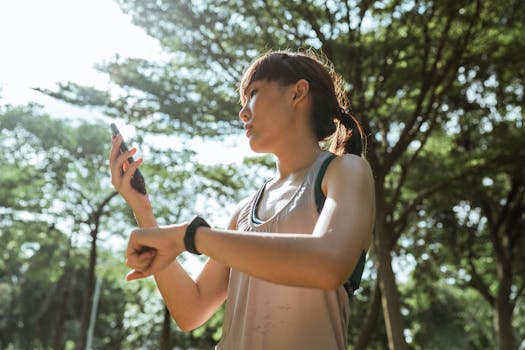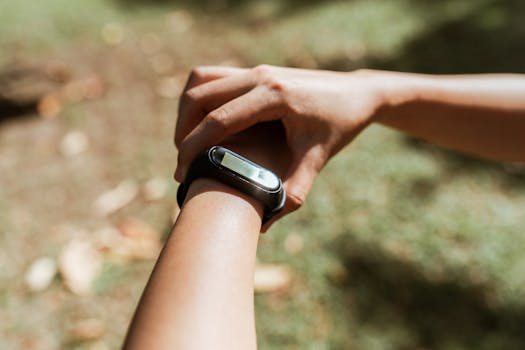
“`html
Table of Contents

Smart Home Technology

The rise of smart home technology is revolutionizing how we interact with our living spaces. Devices like smart thermostats, security cameras, and voice-activated assistants are not just conveniences; they significantly improve our quality of life.
Smart thermostats, such as the Nest Learning Thermostat, learn your patterns and adjust the temperature accordingly. This not only ensures comfort but also saves energy, contributing to a lower carbon footprint. Voice-activated assistants, like Amazon Echo or Google Home, allow you to control various smart devices simply by using your voice, making daily tasks more manageable.
Moreover, smart home security systems provide peace of mind. With features like real-time alerts, remote monitoring, and automated locking systems, you can enhance your home’s security effortlessly. This technology ensures safety while allowing you to focus on your daily activities without worry.
Wearable Technology

Wearable technology has taken the fitness and health industry by storm. Devices such as smartwatches and fitness trackers help users monitor their health metrics in real-time. The Apple Watch and Fitbit are examples of devices that track heart rate, steps, sleep patterns, and even stress levels.
These wearables encourage a more active lifestyle by providing insights into physical activity and health. With features like goal setting and reminders to move, they motivate users to stay active throughout the day. Additionally, many wearables now offer guided breathing exercises to help manage stress, further contributing to overall well-being.
As technology advances, wearable devices are also integrating more sophisticated health tracking features, such as ECG monitoring and blood oxygen levels, making them invaluable tools for health management.
Health and Fitness Apps

In addition to wearable technology, health and fitness apps play a crucial role in improving lifestyle. Applications like MyFitnessPal and Calm offer resources for tracking nutrition and managing mental health, respectively. These apps provide personalized plans and reminders, helping users stay on track with their health goals.
Fitness apps often include workout routines ranging from yoga to high-intensity interval training (HIIT), catering to various fitness levels and preferences. Users can follow along with virtual trainers, making exercising more accessible and enjoyable.
Moreover, meditation and mindfulness apps, such as Headspace, guide users through relaxation techniques, promoting mental clarity and emotional stability. By incorporating these technologies into daily routines, users can achieve a balanced lifestyle that prioritizes both physical and mental health.
Virtual Reality and Meditation

Virtual reality (VR) is emerging as a groundbreaking tool for relaxation and meditation. Apps like TRIPP offer immersive environments where users can practice mindfulness and escape the stresses of everyday life. This technology not only enhances the meditation experience but also makes it more engaging.
VR can transport users to serene landscapes where they can practice guided meditation, breathing exercises, or simply enjoy the tranquility of nature. This unique approach to wellness is proving to be effective for many who struggle with traditional meditation methods.
As VR technology continues to evolve, its application in health and wellness will likely expand, providing new opportunities for individuals to enhance their lifestyle through innovative experiences.
“`




